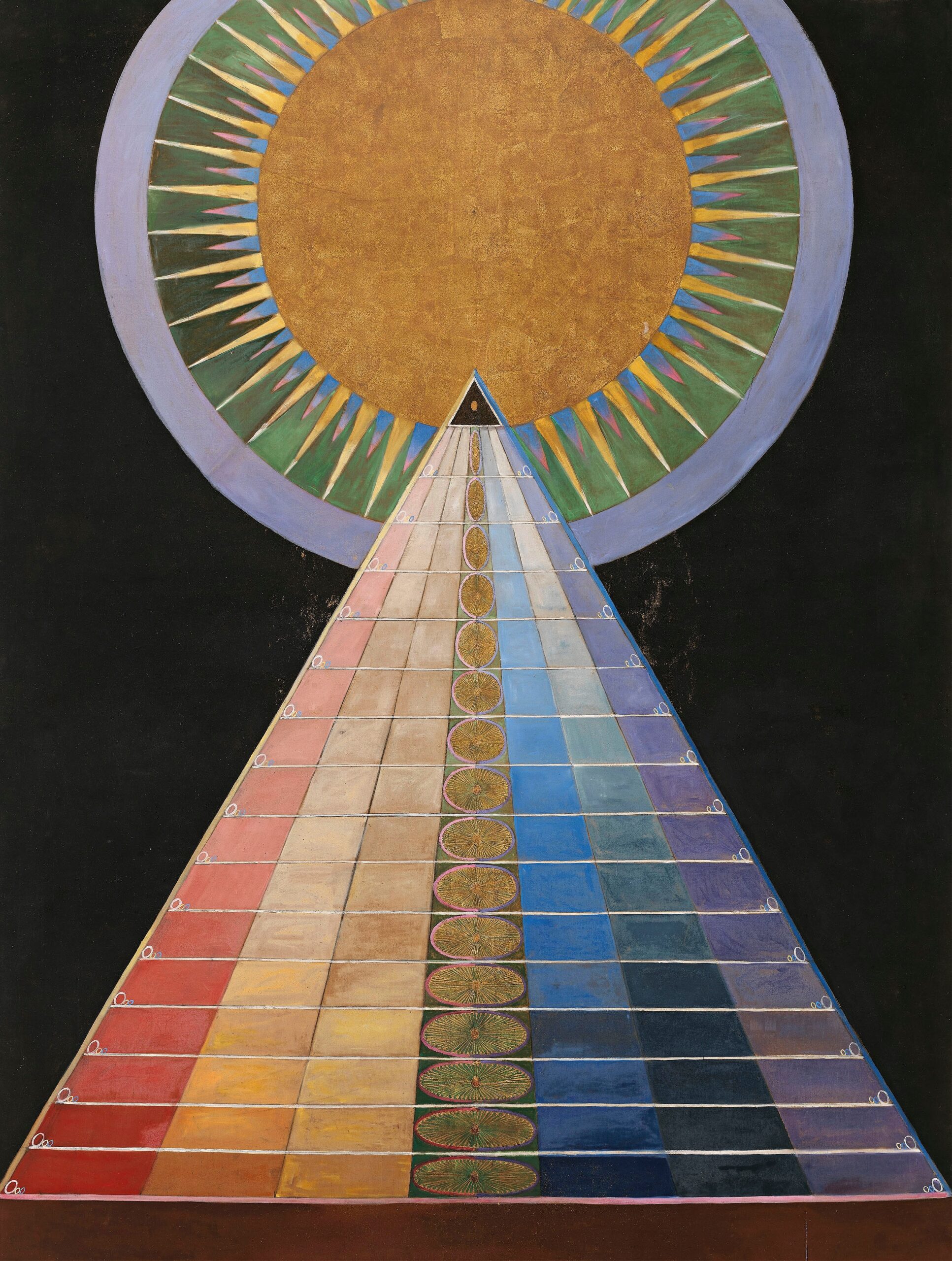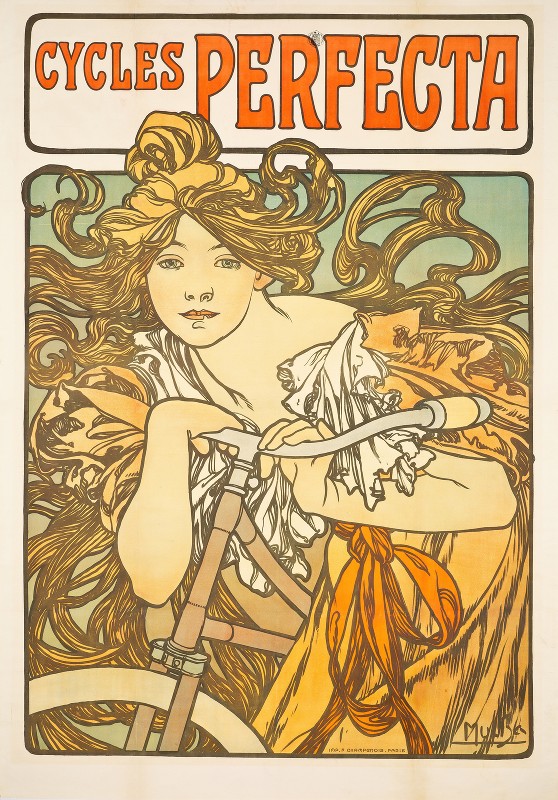The Mona Lisa may be on display at the Louvre, but best of luck appreciating it there. The first obstacle, quite literally, is the crowd that’s always massed around it (or, in the time before social-distancing policies, was always massed around it). Even if you maneuver your way to the front of the camera-phoned throng, the painting itself hangs within a thick glass case — can’t have a repeat of the 1911 theft — and has dimensions in any event much smaller than people tend to imagine. After all, we come to know Leonardo da Vinci’s most famous painting through cultural reference and parody, but also through large-scale reproduction, the better to understand the painstaking and innovative artistic labor that makes the Mona Lisa worth flocking to in the first place.
Still, there are those who come away from the Mona Lisa — assuming they can manage to get back out through the mass of humanity — wondering what all the fuss is about. It was for them, presumably, that curator James Payne chose that painting as the first subject of his Youtube series Great Art Explained.
As he would in his subsequent episodes (such as his three-part series, previously featured here on Open Culture, about Hieronymus Bosch’s The Garden of Earthly Delights), Payne casts off the accumulated historical speculation and other various forms of cultural baggage to find the work’s artistic core. In the case of the Mona Lisa, not just “the greatest psychological portrait ever painted” but “the end product of the greatest inquisitive mind in history,” that still leaves much to discuss.
In under fifteen minutes, Payne explains a host of the techniques Leonardo employed in painting the Mona Lisa that no artist of his time and place had used before — and indeed, that in some cases no other artists mastered until long thereafter. These include working on top of an under-layer of white paint that appears to be “lighting Mona Lisa from within,” stripping his subject of “all the usual high-status symbols” usually seen in aristocratic portraiture, depicting her at three-quarters length rather than in full frame, making the background fade into the distance while also suggesting motion, and combining the techniques of low-contrast sfumato and high-contrast chiaroscuro. And only a painter with Leonardo’s anatomical knowledge could have executed that famously subtle smile, which appears and vanishes again depending on which part of the Mona Lisa we look at — no matter whether we’re doing it at the Louvre or on Youtube.
Related Content:
Did Leonardo da Vinci Paint a First Mona Lisa Before The Mona Lisa?
Original Portrait of the Mona Lisa Found Beneath the Paint Layers of da Vinci’s Masterpiece
When Pablo Picasso and Guillaume Apollinaire Were Accused of Stealing the Mona Lisa (1911)
Based in Seoul, Colin Marshall writes and broadcasts on cities, language, and culture. His projects include the Substack newsletter Books on Cities, the book The Stateless City: a Walk through 21st-Century Los Angeles and the video series The City in Cinema. Follow him on Twitter at @colinmarshall or on Facebook.





